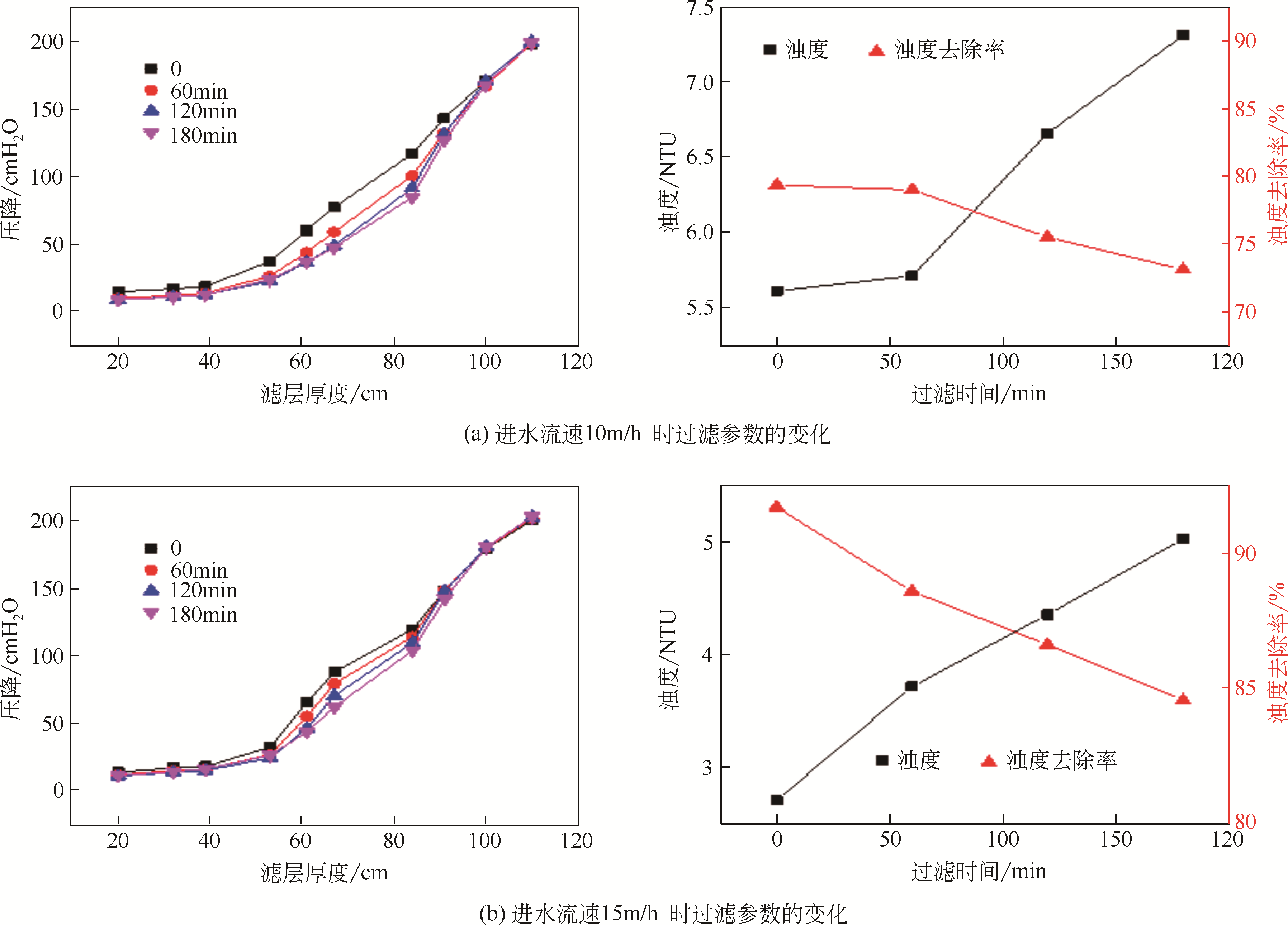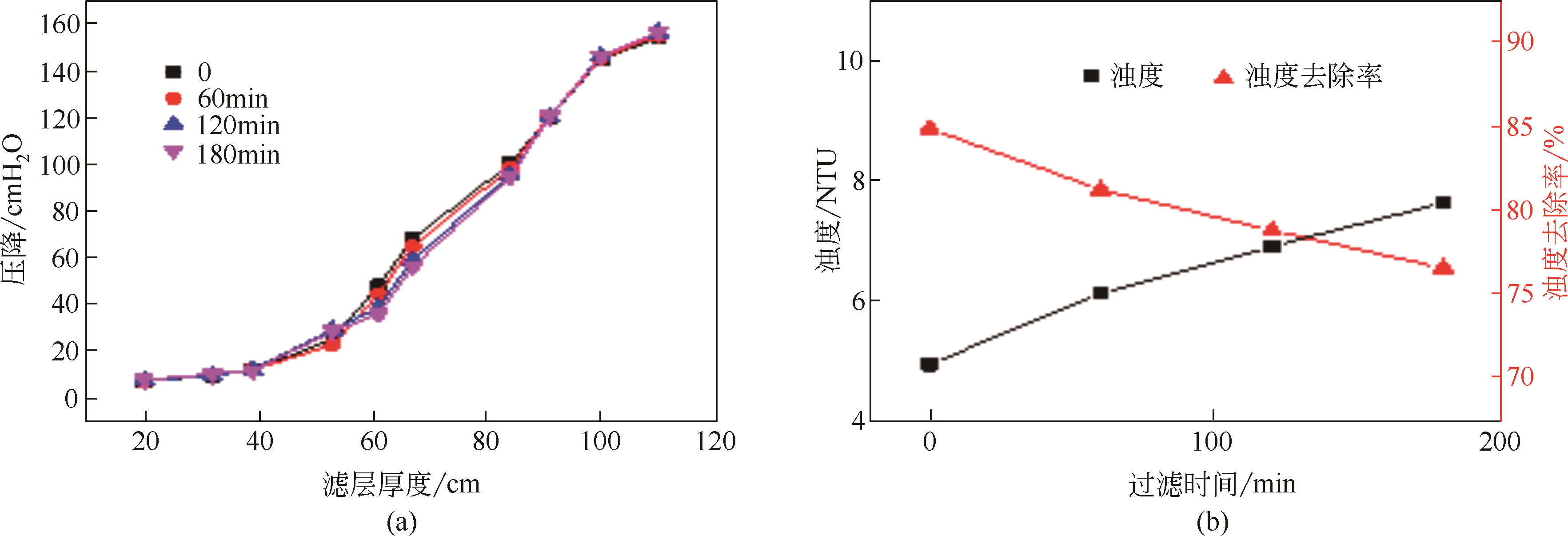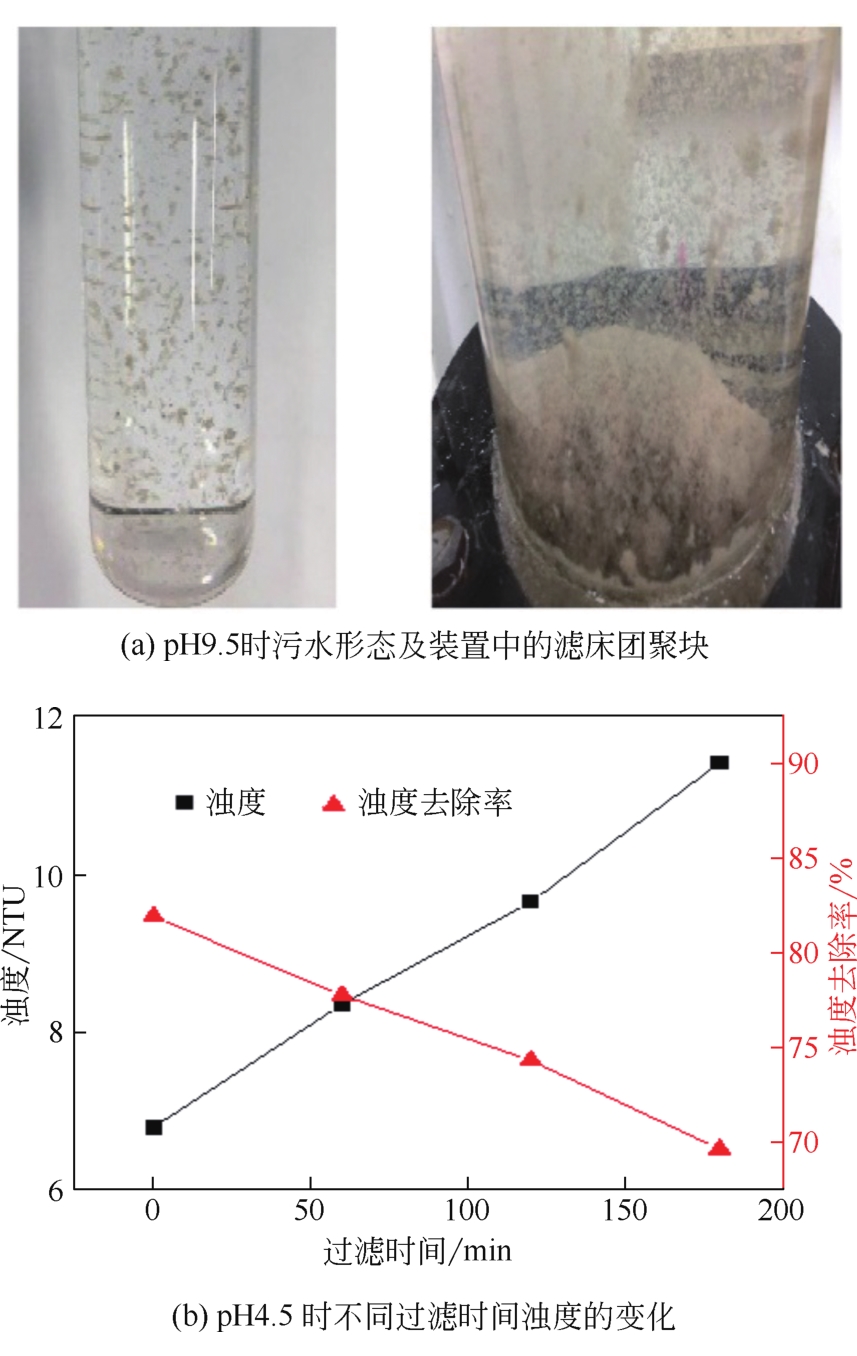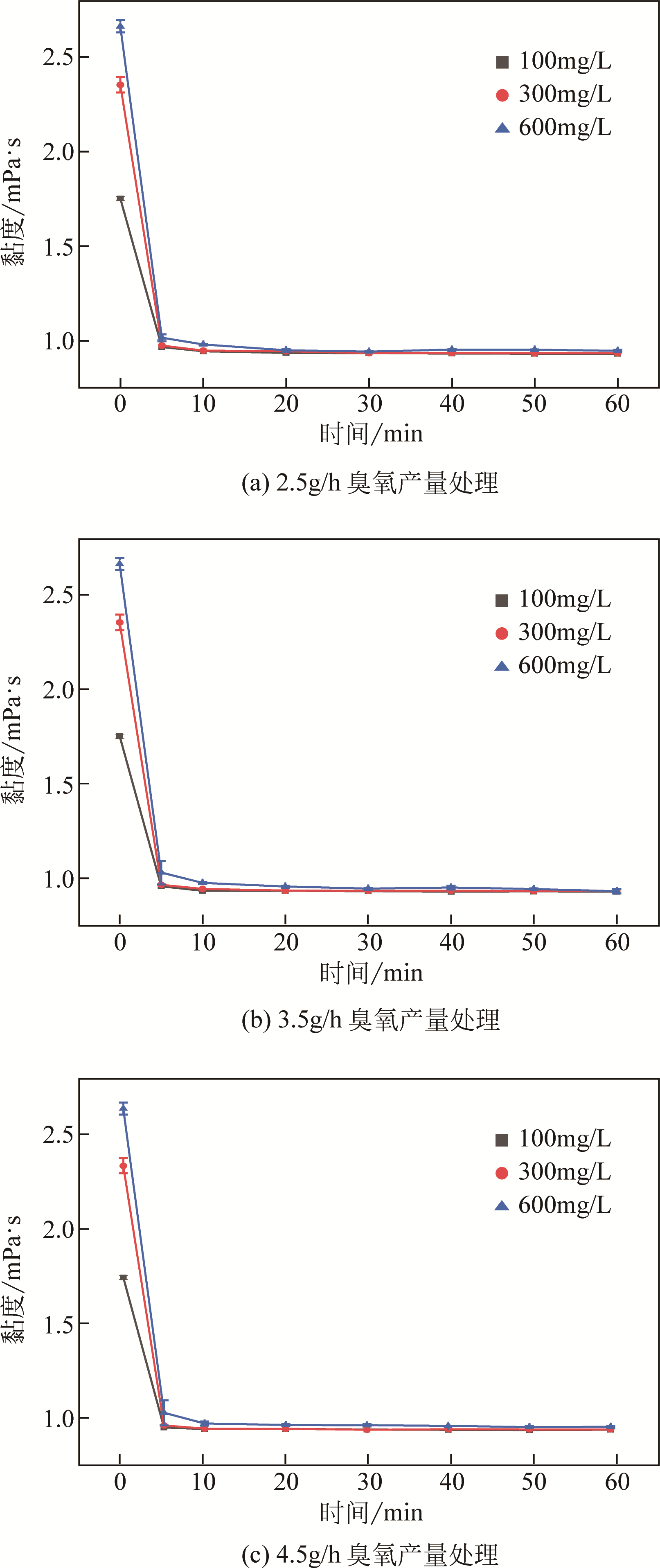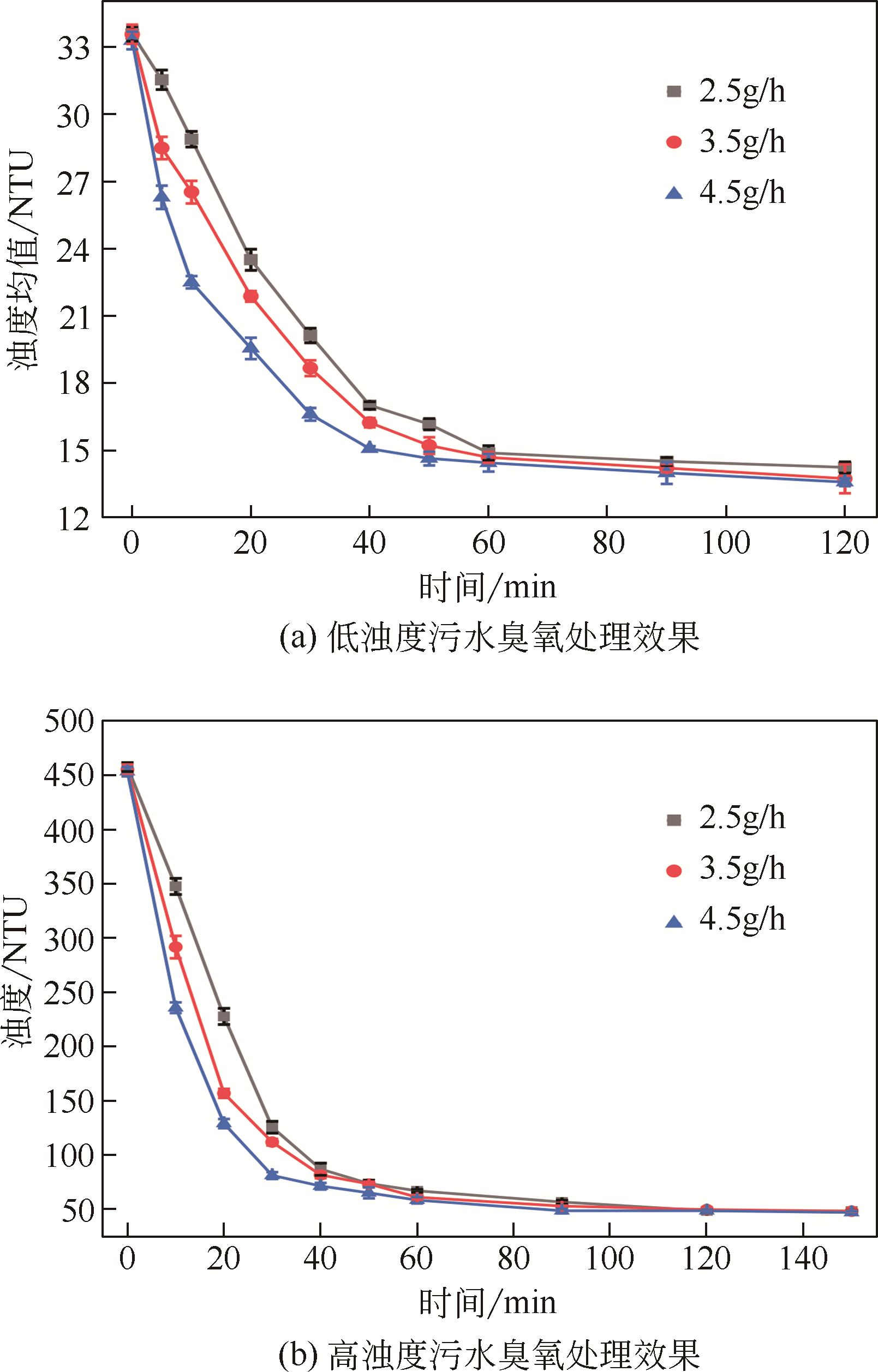| 7 |
LIU D X, YUE Z Y, ZHOU L Y. Application of filter technology with multi-layer filter material on oilfield sewage treatment[J]. Oilfield Surface Engineering, 1994(3): 23-25.
|
| 8 |
黄胜元, 谌建宇, 余健, 等. 多层滤料BAF处理城镇污水[J]. 环境工程学报, 2014, 8(11): 4687-4694.
|
|
HUANG S Y, SHEN J Y, YU J, et al. Performance of biological aerated filter with multi-layer filters treating municipal wastewater[J].Chemical Journal of Environmental Engineering, 2014, 8(11): 4687-4694.
|
| 9 |
侯杰. 臭氧处理油田含聚污水试验研究[D]. 大庆:大庆石油学院, 2009.
|
|
HOU J. Experimental study on the treatment of oilfield waste water containing poly using ozone[D]. Daqing: Daqing Petroleum Institute, 2009.
|
| 10 |
刘则华, 刘锡建, 张文启, 等. 臭氧技术在污水处理中的应用研究进展[J]. 上海工程技术大学学报, 2008(2): 141-146.
|
|
LIU Z H, LIU J X, ZHANG E Q, et al. Research progress of ozone technology on wastewater treatment[J].Journal of Shanghai University of Engineering Science, 2008(2): 141-146.
|
| 11 |
陈荣, 张国辉, 易成高, 等. 微波强化臭氧氧化降解油田污水聚合物实验研究[J]. 工业水处理, 2015, 35(3): 90-92.
|
|
CHEN R, ZHANG G H, YI C G, et al. Experimental study on the degradation of oilfield wastewater containing polymer by microwave enhanced ozone oxidation[J]. Industrial Water Treatment, 2015, 35(3): 90-92.
|
| 12 |
石瑛君. 关于高浓度臭氧在污水处理中的应用[J]. 资源节约与环保, 2014(4): 111.
|
|
SHI Y J. The application of high concentration ozone in sewage treatment[J]. Resource Conservation and Environmental Protection, 2014(4): 111.
|
| 13 |
ROSEN H M. Use of ozone and oxygen in advanced wastewater treatment[J]. Journal (Water Pollution Control Federation), 1973, 45(12): 2521-2536.
|
| 14 |
纪艳娟, 庄建全, 郭鹏, 等. 油田含聚污水聚合物臭氧法降解技术试验研究[J]. 石油化工应用, 2015, 34(6): 117-118.
|
|
JI Y J, ZHUANG J Q, GUO P, et al. Experimental study on the ozone degradation technology of polymer wastewater in oilfield[J]. Petrochemical Industry Application, 2015, 34(6): 117-118.
|
| 15 |
朱秋实, 陈进富, 姜海洋, 等. 臭氧催化氧化机理及其技术研究进展[J]. 化工进展, 2014, 33(4): 1010-1014.
|
| 1 |
梁伟, 赵修太, 韩有祥, 等. 油田含聚污水处理与利用方法技术探讨[J]. 工业水处理, 2010, 30(10): 1-5.
|
|
LIANG W, ZHAO X T, HAN Y X, et al. Discussion on the treatment of wastewater containing polymers in oilfields and its utilization[J]. Industrial Water Treatment, 2010, 30(10): 1-5.
|
| 15 |
ZHU Q S, CHEN J F, JIANG H Y, et al. A review of catalytic ozonation:mechanisms and efficiency[J]. Chemical Industry and Engineering Progress, 2014, 33(4): 1010-1014.
|
| 16 |
汪铎峰. 聚丙烯酰胺(PAM)的氧化降解的研究[D]. 大庆: 大庆石油学院, 2008.
|
|
WANG D F. Research on oxidative degradation of polyacrylamide (PAM)[D]. Daqing: Daqing Petroleumss Institute, 2008.
|
| 17 |
CHENG Lihua, BI Xuejun, NI Yantao. Oilfield produced water treatment by ozone-enhanced flocculation[J]. Computer Distributed Control & Intelligent Environmental Monitoring International, 2011, 29(1): 1589-1593.
|
| 2 |
黄斌, 张威, 王莹莹, 等. 陶瓷膜过滤技术在油田含油污水中的应用研究进展[J]. 化工进展, 2017, 36(5): 1890-1898.
|
|
HAUNG B, ZHANG W, WANG Y Y, et al. Application and research progress of ceramic membrane filtration technology in the treatment of oily wastewater in oil field[J]. Chemical Industry and Engineering Progress, 2017, 36(5): 1890-1898.
|
| 3 |
陈荣, 饶良玉. 油田含聚污水聚合物降解技术室内实验研究[J]. 工业水处理, 2012, 32(6): 77-79.
|
|
CHEN R, RAO L Y. Research on the laboratory experiments concerning the polymer degradation technique of oil field wastewater containing polymer[J]. Industrial Water Treatment, 2012, 32(6): 77-79.
|
| 4 |
CHEN Q G, BAO M T, LIU M. Study on HPAM biodegradation in the wastewater of an oilfield[J]. Applied Mechanics & Materials, 2013, 364: 640-644.
|
| 5 |
何平. 两种含油污水深度处理方法比较[J]. 应用能源技术, 2004(1): 36-37.
|
|
HE P. Comparison of two deep treatment methods for oil wastewater[J]. Applied Energy Technology, 2004(1): 36-37.
|
| 6 |
朱成华, 侍路勇, 许彩萍. 油田污水处理滤料再生技术[J]. 油气田地面工程, 2013, 32(10): 49-50.
|
|
ZHU C H, SHI L Y, XU C P. Regeneration technology of filter material for oilfield wastewater treatment[J]. Oilfield Surface Engineering, 2013, 32(10): 49-50.
|
| 7 |
刘德绪, 岳增运, 周乐英. 多层滤料过滤技术在油田污水处理中的应用[J]. 油田地面工程, 1994(3): 23-25.
|


